How to Cook With Stainless Steel Cookware: Tips for Tasty Results
Cooking with stainless steel pots and pans can really elevate your meals. It’s durable, versatile, and good for your health. By following some simple tips, you can make cooking more fun and get better results.
First, learn the basics of cooking with stainless steel. Know its benefits and how to take care of it. With practice, you’ll become a pro at using stainless steel cookware. This will help you cook a variety of dishes with confidence.
Table of Contents
Understanding Your Stainless Steel Cookware
Cooking with stainless steel cookware requires knowing the basics. It’s important to understand how it’s made and what makes quality cookware. Following best practices and using a care guide can help your cookware last longer and perform better.
Stainless steel comes in different types, like 18/8 and 18/10. The numbers show the chromium and nickel content. Chromium fights corrosion and nickel makes the steel strong and durable. Knowing this helps when you buy cookware.
Types of Stainless Steel Construction
Here are some common types of stainless steel:
- 18/8 stainless steel: This steel has 18% chromium and 8% nickel.
- 18/10 stainless steel: This steel has 18% chromium and 10% nickel.
Heat Conductivity and Core Materials
Heat conductivity is key when picking stainless steel cookware. Look for thick bottoms or cores like aluminum or copper. They help heat spread evenly. A good care guide will show how to keep your cookware in top shape.
| Core Material | Heat Conductivity |
|---|---|
| Aluminum | High |
| Copper | Very High |
Knowing about your cookware’s construction and materials helps you choose wisely. Always follow best practices and use a care guide for tips on maintenance and upkeep.
Preparing Your Cookware for First Use
When you get your new stainless steel cookware, it’s key to get it ready for its first use. Proper preparation is vital for stainless steel cookware maintenance. It ensures your cookware works well and lasts a long time. Start by washing it with mild soap and warm water to get rid of any leftover factory residue.
To stop rust and keep it non-stick, dry your cookware well after washing. You can also put a bit of oil on it and heat it low to create a protective layer. This is a crucial step for stainless steel cookware maintenance. It makes cleaning easier later on.
Here are some tips for preparing your stainless steel cookware for the first time:
- Avoid using abrasive cleaners or scrubbers, as they can damage the surface.
- Do not put your cookware in the dishwasher, as the high heat and harsh detergents can damage the material.
- Use a soft sponge or cloth to clean your cookware, and avoid using metal utensils that can scratch the surface.
By following these easy steps, you can make sure your stainless steel cookware is ready for its first use. It will give you many years of reliable service. Remember, proper stainless steel cookware maintenance is essential. It helps prevent rust and corrosion.
| Tip | Description |
|---|---|
| Wash before first use | Remove manufacturing residue with mild soap and warm water |
| Dry thoroughly | Prevent rust and ensure non-stick performance |
| Apply a protective layer | Use oil to create a protective layer and make cleaning easier |
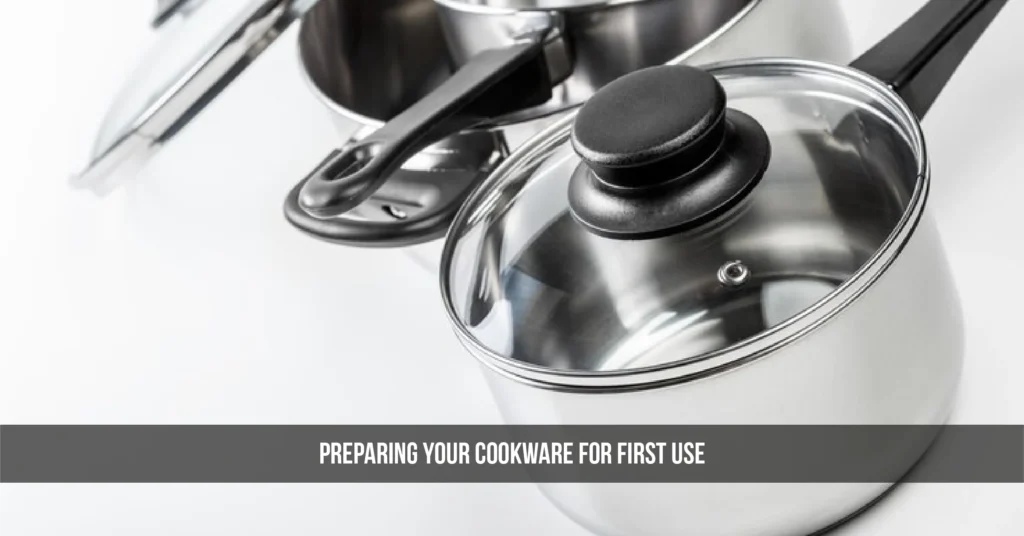
The Science Behind How to Cook With Stainless Steel Cookware
Cooking with stainless steel pots and pans requires an understanding of heat distribution. This knowledge helps you achieve the best results. It’s about mastering how to cook with these pots and pans to bring out flavors and textures.
Proper preheating is key. It makes sure your cookware is ready for cooking. This prevents hotspots and ensures even heat, leading to better cooking.
Understanding Heat Distribution
Heat distribution is crucial when cooking with stainless steel. Knowing how heat moves helps cook food evenly and thoroughly. The right techniques ensure your food is cooked perfectly.
The Role of Proper Preheating
Preheating your stainless steel cookware is essential. It gets the cookware to the perfect cooking temperature. This step prevents hotspots and ensures even heat, improving your cooking quality.
| Cooking Technique | Benefits |
|---|---|
| Proper Preheating | Even heat distribution, prevents hotspots |
| Mastering Heat Distribution | Consistent cooking results, reduced risk of undercooked or overcooked food |
By mastering cooking techniques for stainless steel pots and pans, you can explore new culinary possibilities. Following these tips will elevate your cooking to new heights.
Essential Techniques for Non-Stick Cooking
Learning how to cook with stainless steel cookware is key for easy food release and cleaning. You need the right tools, oils, and heat control. Also, a good stainless steel cookware care guide helps avoid damage and keeps it lasting longer.
Here are some tips to get you started:
- Choose the right cooking oil: Pick a high-smoke-point oil like avocado or grapeseed oil for non-stick cooking.
- Preheat your cookware: It’s important to preheat your stainless steel cookware before adding food for non-stick results.
- Use gentle utensils: Metal utensils can scratch your cookware. Use silicone or wooden utensils instead.
By using these techniques and a stainless steel cookware care guide, you can achieve non-stick results. Always clean your cookware well and store it right to keep it in top shape.
| Cooking Technique | Benefits |
|---|---|
| Preheating | Prevents sticking, promotes easy cleaning |
| Using gentle utensils | Prevents scratching, maintains cookware quality |
| Following a stainless steel cookware care guide | Ensures longevity, prevents damage |
Mastering Temperature Management
Temperature control is key when cooking with stainless steel pots and pans. It helps you achieve the perfect dish. Start by learning how to manage heat for different cooking methods.
For delicate dishes, use low heat to prevent overheating. This is important for poaching or simmering. For heartier dishes, high heat searing creates a crispy crust and keeps juices inside.
To master these techniques, watch for visual cues like color and texture. This tells you when your food is cooked just right. Following these tips will elevate your cooking and make delicious meals easy to make.
Low Heat Cooking Methods
- Poaching: cooking delicate foods in liquid at a low temperature
- Simmering: cooking foods in liquid at a low temperature, just below boiling point
- Braising: cooking foods in liquid over low heat for an extended period
High Heat Searing Techniques
High heat searing adds texture and flavor to your dishes. Use the right techniques for stainless steel pots and pans to get a perfect sear. Preheat the pan, use the right oil, and don’t overcrowd the pan.
| Cooking Technique | Temperature | Food Examples |
|---|---|---|
| Low Heat Cooking | 150-200°F | Fish, eggs, vegetables |
| High Heat Searing | 400-500°F | Meat, poultry, seafood |
Preventing Food from Sticking
To get the most out of your stainless steel cookware, preventing food from sticking is key. This is where stainless steel cookware maintenance comes in. By following a few simple tips, your cookware will stay in great shape. Your food will cook evenly and without sticking.
Using the right cooking techniques is crucial for the stainless steel cookware care guide. Preheat your cookware well, use the right amount of oil, and don’t overcrowd the pan. These steps help prevent food from sticking and make cleaning easier.
Here are some additional tips to help you prevent food from sticking:
- Use a small amount of oil or non-stick spray to coat the pan
- Avoid using metal utensils, as they can scratch the cookware
- Don’t leave food in the pan for too long, as it can burn and stick
By following these tips and adding them to your stainless steel cookware maintenance routine, you’ll enjoy perfectly cooked meals. A well-maintained cookware set is essential for a great cooking experience. With the right stainless steel cookware care guide, your cookware will last for years.
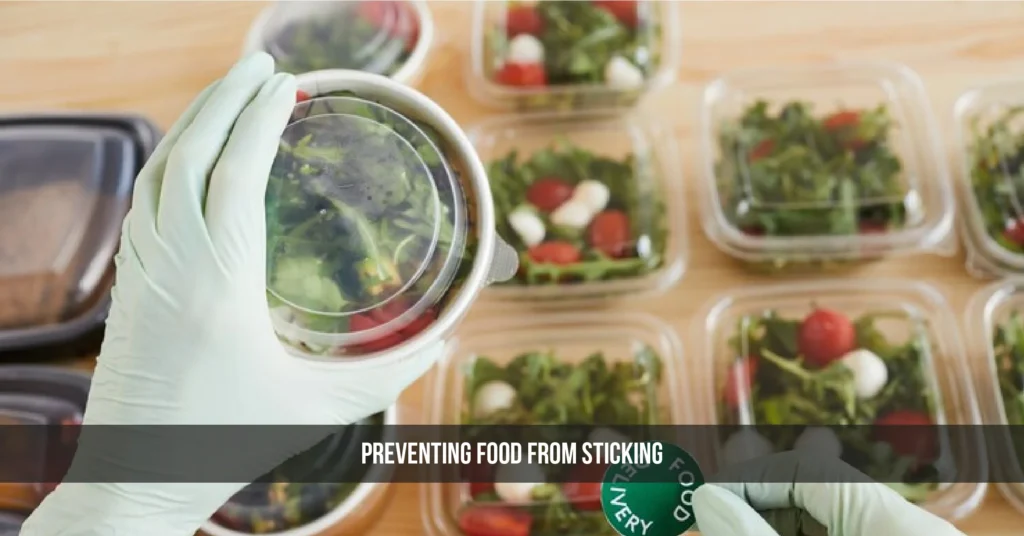
Cleaning and Maintaining Your Cookware
To keep your stainless steel cookware in top shape, cleaning and maintenance are key. You need to clean it daily, remove tough stains, and stop water spots. These steps help your cookware last longer and cook better.
For everyday cleaning, use mild soap and warm water. Don’t use harsh cleaners or rough scrubbers, as they can harm the steel. For hard stains, mix equal parts water and white vinegar in the cookware. Boil it, then lower the heat and simmer for a few minutes before washing. This is a crucial part of keeping your cookware in good condition.
Daily Cleaning Methods
- Wash with mild soap and warm water
- Avoid abrasive cleaners or scrubbers
- Dry thoroughly after washing to prevent water spots
Removing Stubborn Stains
To get rid of tough stains, make a paste with baking soda and water. Rub it on the stain and let it sit for 30 minutes before washing. This gentle method is safe for your stainless steel and should be part of your regular care routine.
| Stain Type | Removal Method |
|---|---|
| Tough stains | Baking soda and water paste applied and left to sit for 30 minutes |
| Stubborn stains | Baking soda and water paste, applied and left to sit for 30 minutes |
By sticking to these cleaning tips, you can keep your stainless steel cookware in excellent condition. This ensures it will continue to perform well for you.
Troubleshooting Common Issues
Using your stainless steel cookware can lead to common problems. Knowing how to fix these issues is key. A good stainless steel cookware care guide helps prevent and solve these problems.
Discoloration, heat damage, and warping are common issues. To fix these, try these cooking tips for stainless steel pots and pans:
- Avoid using abrasive cleaners or scourers, as they can scratch the surface of your cookware.
- Use a gentle cleaning product and a soft sponge to clean your cookware.
- Avoid exposing your cookware to extreme temperature changes, as this can cause warping or heat damage.
Dealing with Discoloration
Discoloration happens when cookware is exposed to high heat or certain foods. To prevent it, clean your cookware often and avoid high temperatures. Following a stainless steel cookware care guide and using the right cooking techniques can help keep your cookware looking great.
Fixing Heat Damage
Heat damage occurs when cookware is exposed to high heat for too long. To fix it, clean the area gently with a soft sponge and a mild cleaner. Applying a small amount of oil can also help restore its shine.
Best Foods to Cook in Stainless Steel
Cooking with stainless steel cookware is exciting. You can make many tasty dishes. Just pick the right foods and follow some easy tips.
Great choices include stews, soups, fish, and veggies. These foods cook well in stainless steel. They can handle different temperatures. Here are some top picks:
- Hearty stews and soups, such as beef stew or lentil soup
- Delicate fish, such as salmon or tilapia
- A range of vegetables, including leafy greens, broccoli, and bell peppers
Choosing the right foods and tips can lead to amazing meals. Stainless steel cookware is durable and versatile. It’s loved by both home cooks and chefs.
| Food | Cooking Method | Temperature |
|---|---|---|
| Beef Stew | Braising | Low heat |
| Salmon | Pan-searing | High heat |
| Leafy Greens | Sauteing | Medium heat |
With practice, you’ll master cooking with stainless steel. Always preheat your pan and use the right oil. This will help you get the best results.
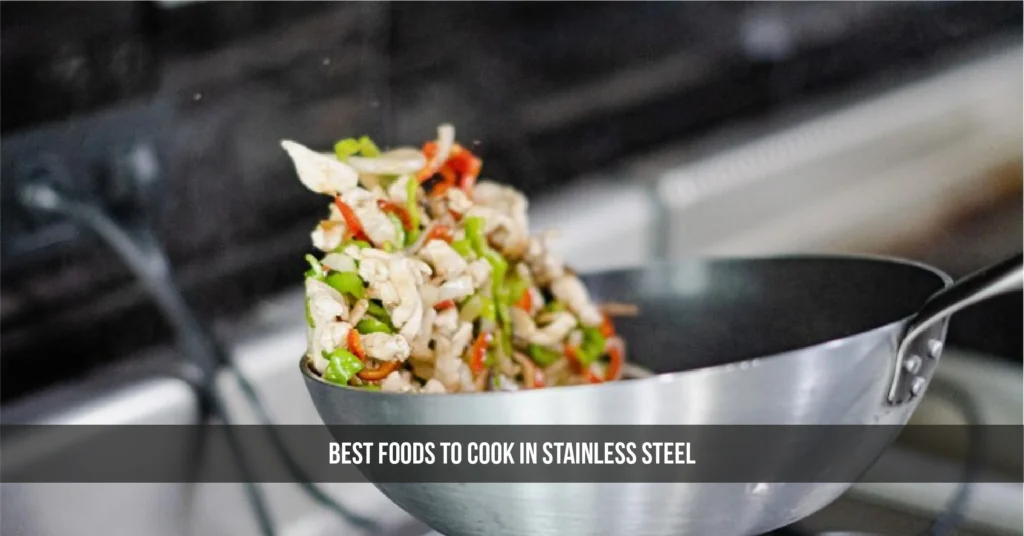
Conclusion:
This guide has shown you how to get the most out of your stainless steel cookware. It’s all about knowing its special features, learning key cooking skills, and keeping it in top shape. By following these tips, you’ll improve your cooking and make delicious meals every time.
Stainless steel cookware is a great investment for your kitchen. It lasts a long time if you take good care of it. Start practicing your cooking skills and enjoy making tasty dishes. With time and effort, you’ll be an expert at keeping your cookware in perfect condition.
Also Read: How to Pair Pasta with Sauces: Expert Tips & Combos
FAQs
How do I prevent food from sticking to stainless steel cookware?
Preheat your pan properly, use the right amount of oil, and avoid overcrowding the pan. These steps ensure even cooking and easy food release.
What’s the best way to clean and maintain stainless steel cookware?
Use mild soap and warm water for daily cleaning. For tough stains, try a baking soda paste or a vinegar-water solution, and always dry thoroughly to prevent water spots.
Can I use high heat with stainless steel cookware?
Yes, stainless steel can handle high heat, making it ideal for searing and browning. However, avoid extreme temperature changes to prevent warping or damage.
What types of food are best cooked in stainless steel cookware?
Stainless steel is great for stews, soups, fish, and vegetables. Its even heat distribution ensures consistent cooking for a variety of dishes.
How do I remove discoloration from stainless steel cookware?
Clean discolored areas with a soft sponge and mild cleaner. Applying a small amount of oil can also help restore the cookware’s shine.
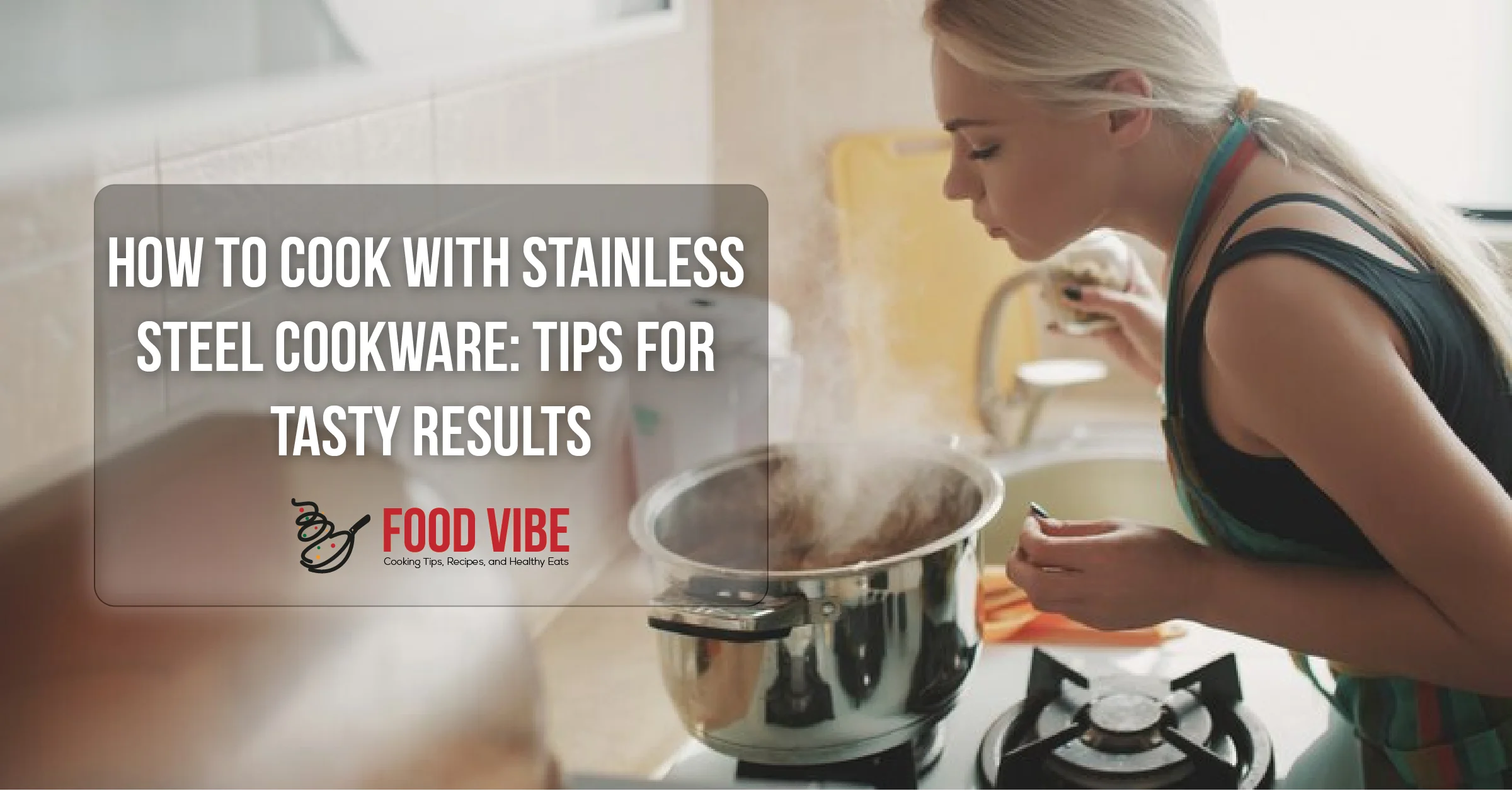

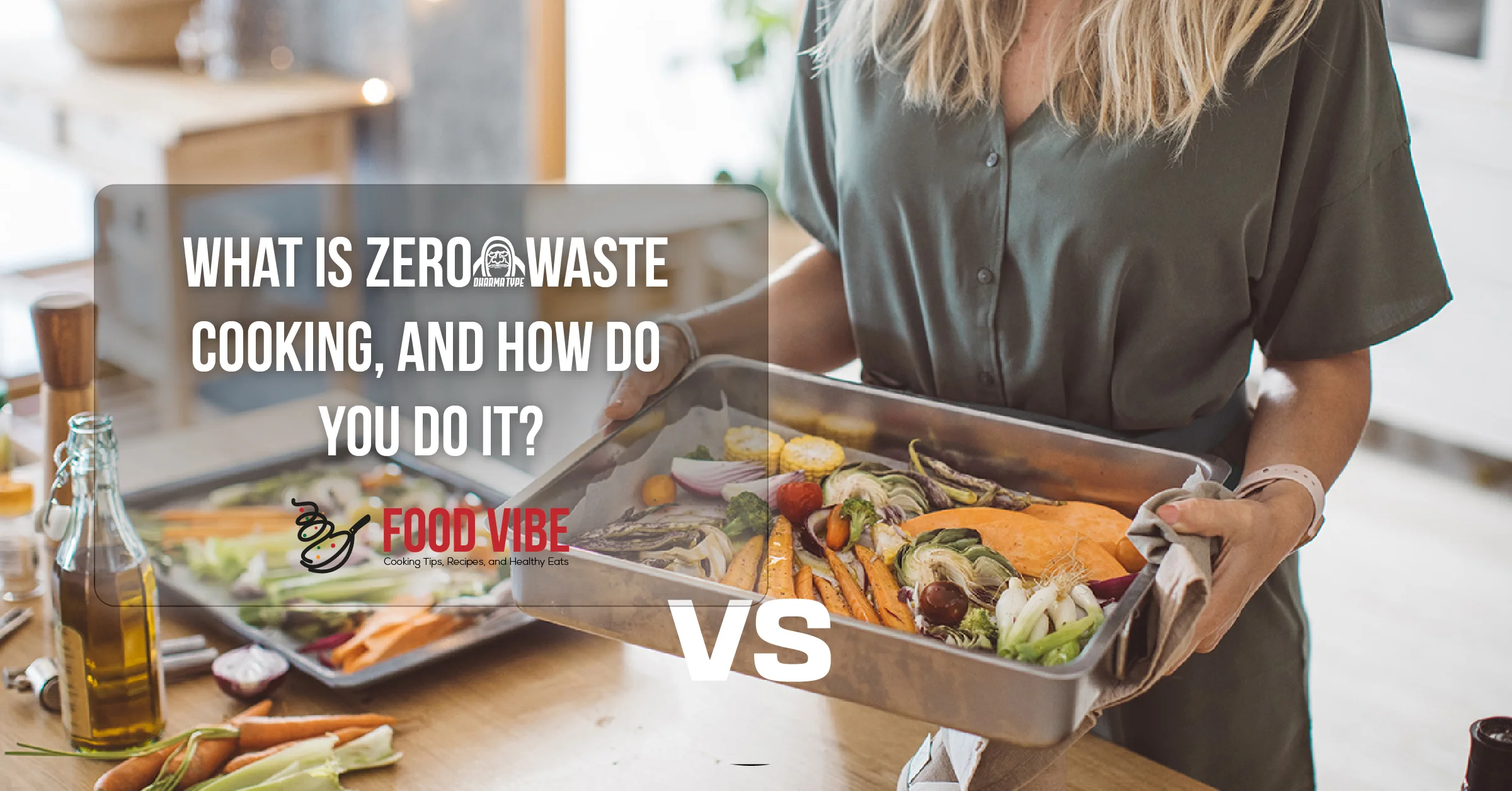
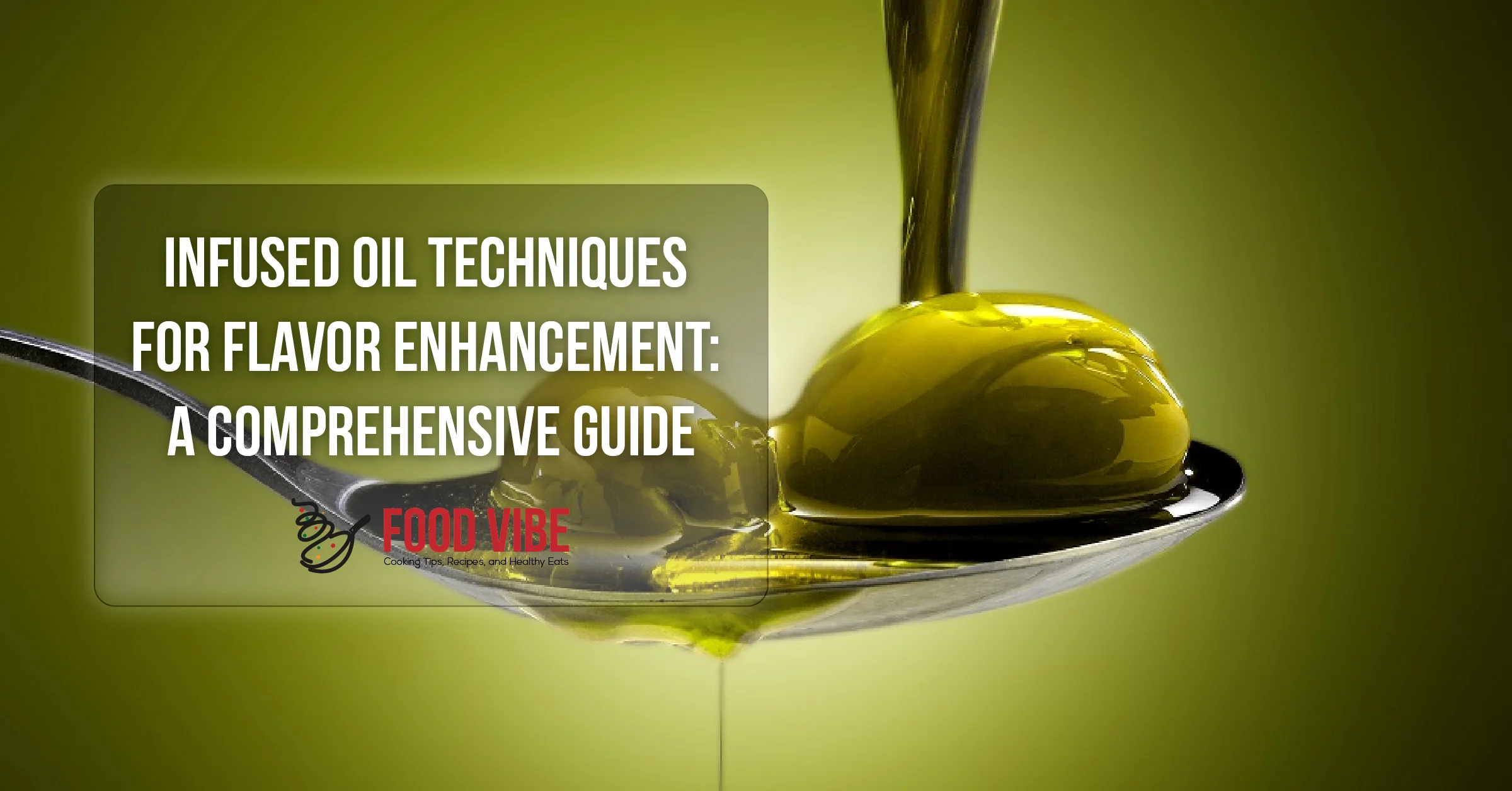




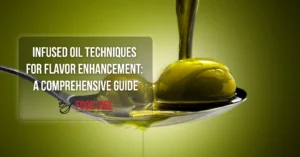
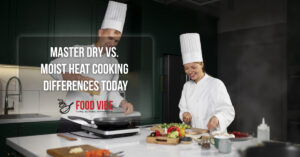

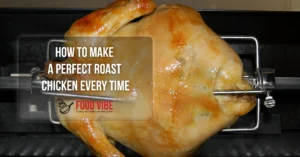
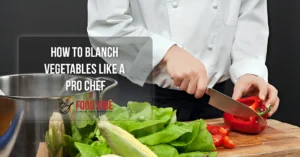

Post Comment